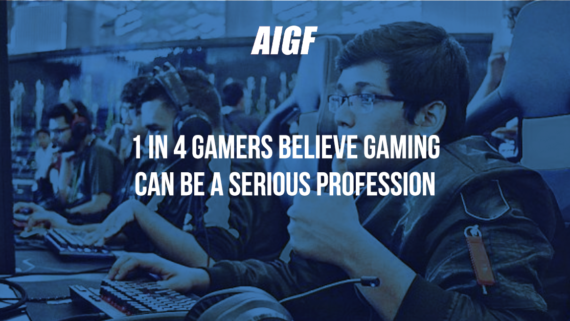Rajan Navani, Vice Chairman and Managing Director, JetSynthesys shared his vision of the future of gaming.
Ranjan Navani Of JetSynthesys Explores The Future Of Gaming
Rajan Navani, Vice Chairman and Managing Director, JetSynthesys shared his vision of the future of gaming. According to a new report from Limelights State of Online Gaming, the average amount of time Indian gamers spent playing games each week on average during the pandemic was 8 hours and 27 minutes. More than 60% of Indian gamers play for more than 3 hours continuously, which makes the phenomenon of compulsive growth in this sector. From 2020 to 2021, the average duration of compulsive gameplay in India has increased from 4.1 hours to 5.5 hours.
In fact, about 64% of gamers worldwide say that they started playing online games because of the stay at home orders during the pandemic, hence there is evidence of massive growth in the number of gamers during this time. Rajan Navani admits that gamers have a bright future and by the end of 2031, the gaming industry will no longer be an emerging one, and by 2041, it will be top not only in India but also around the world.
What key factors will lead this exponential growth path?
In the next 20 years, the progress of 5G and 6G will become our reality and drive the development of cloud games. It is estimated that in the past ten years, more than 2.2 billion people have played games on their mobile devices.
With the power of low-latency 5G and cloud gaming, by 2041, mobile devices will be on par with global PlayStation and Xbox. This will not only attract more players into the skill-based game field but also lead to healthy competition and more companies will enter the gaming industry.
Gamers will enjoy the best games at affordable prices, and the entire ecosystem will change. Get diversified, more reliable scores and a wider range of sources than today.
What is Gaming as a Service(GaaS)?
5G and overall technological innovation and progress may lead to more people adopting Gaming as a Services (GaaS), which is the business model that many gaming console companies will adopt in the future.
GaaS allows players to play online games regardless of PC or mobile device settings. Any drop in-game performance due to device performance is a thing of the past. It may also eliminate the need for software updates. Since most games come with the required updates, you are ready to start.
AR/VR/XR will take the Gaming Experience to another level
Augmented reality (AR) with its characteristics requires intensive data processing in real-time. The combination of artificial intelligence (AI) and 5G can take our gaming experience to a new level, enabling a more immersive experience and multiplayer game mode.
In addition, the integration of 5G and AR games will not only mean that in the next few days, but we will also be able to see our sense of touch and smell through binaural sound, vibration, flight simulator and even the touch of flight simulator changes have taken place.
When it comes to virtual reality (VR), one of the biggest challenges in implementing virtual reality is seamless latency
It is an immersive experience that 4G currently cannot provide. With high bandwidth and low latency, 5G will be removed; these obstacles bring an unrestricted experience to the platform and allow VR gamers to play or fight with other players on all platforms (via online multiplayer mode), thus making cross-playing gaming common.
Cloud VR will also significantly reduce consumer hardware investment and further lower the barriers to entry for virtual reality games. Finally, AR (augmented reality) with 5G will make sports and esports more immersive and open, thereby improving their viewing experience. With 5G, future games will become truly multi-sensory experiences that will attract unprecedented gamers.
Future of Gaming Industry
Keeping aside the tech talk, gaming is also going to have a strong influence on socio-cultural habits and trends in the future. As per the same State of Online Gaming, about 53% of gamers said they made new friends online through gaming last year and about 36% of gamers admitted that interacting with other players during gaming is critical.
Continuing on this socio-cultural aspect, in a recent study on online gaming by the All India Gaming Federation (AIGF), about 26% respondents said online games acted as stress busters while 24% saw it as a way to earn more money. 13% believed that online gaming can teach important skills and improve cognitive ability.
In future, gaming will be a commonplace phenomenon, juxt like the hold that the television had during its prime days. This will also lead to more investments in the sector, both at a government level and at an organizational level. There will be more courses in India to learn game development, design, storyboarding, and marketing in the near future. In short, a career in gaming will become mainstream and not just a niche passion project.
Credits: digit











Comments
Comments are closed.